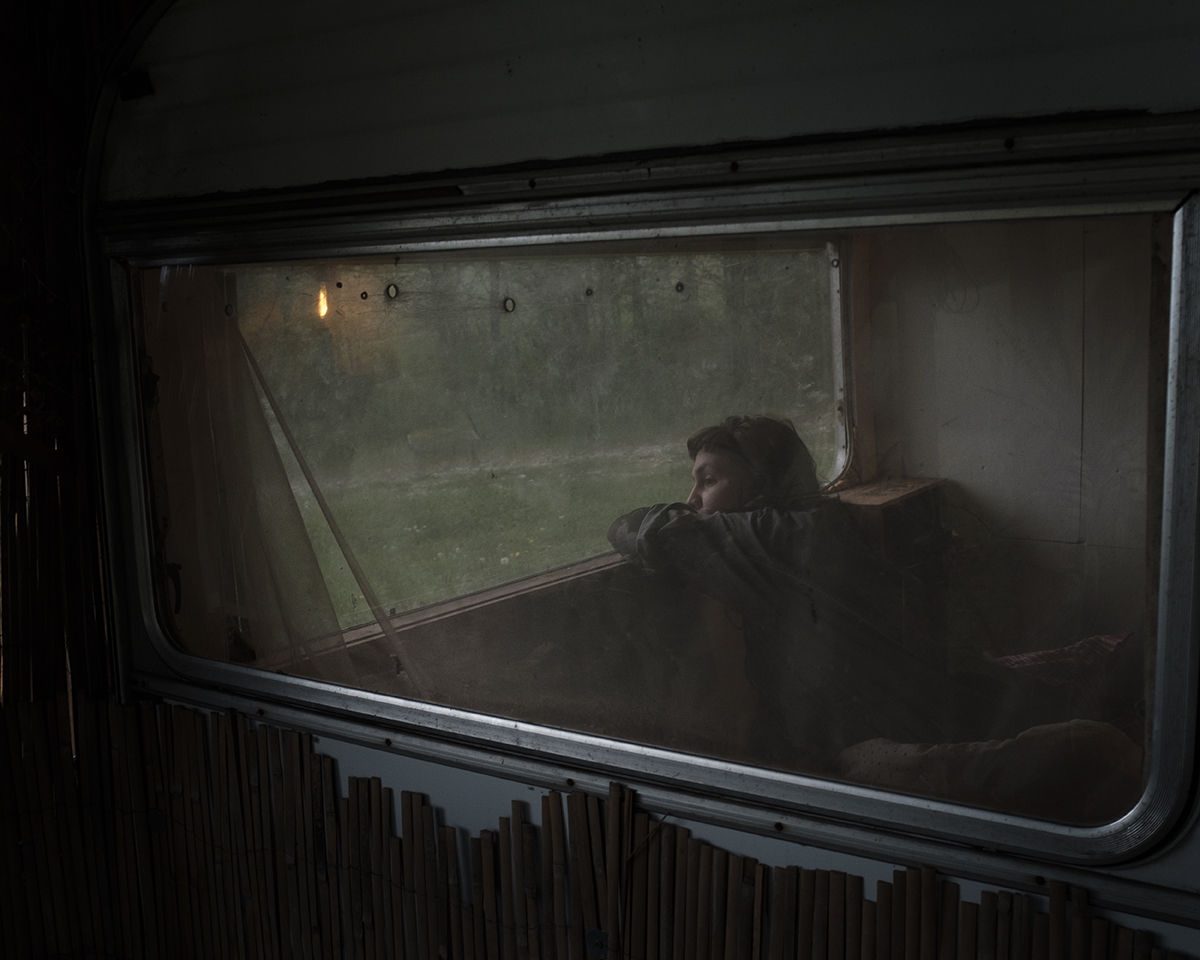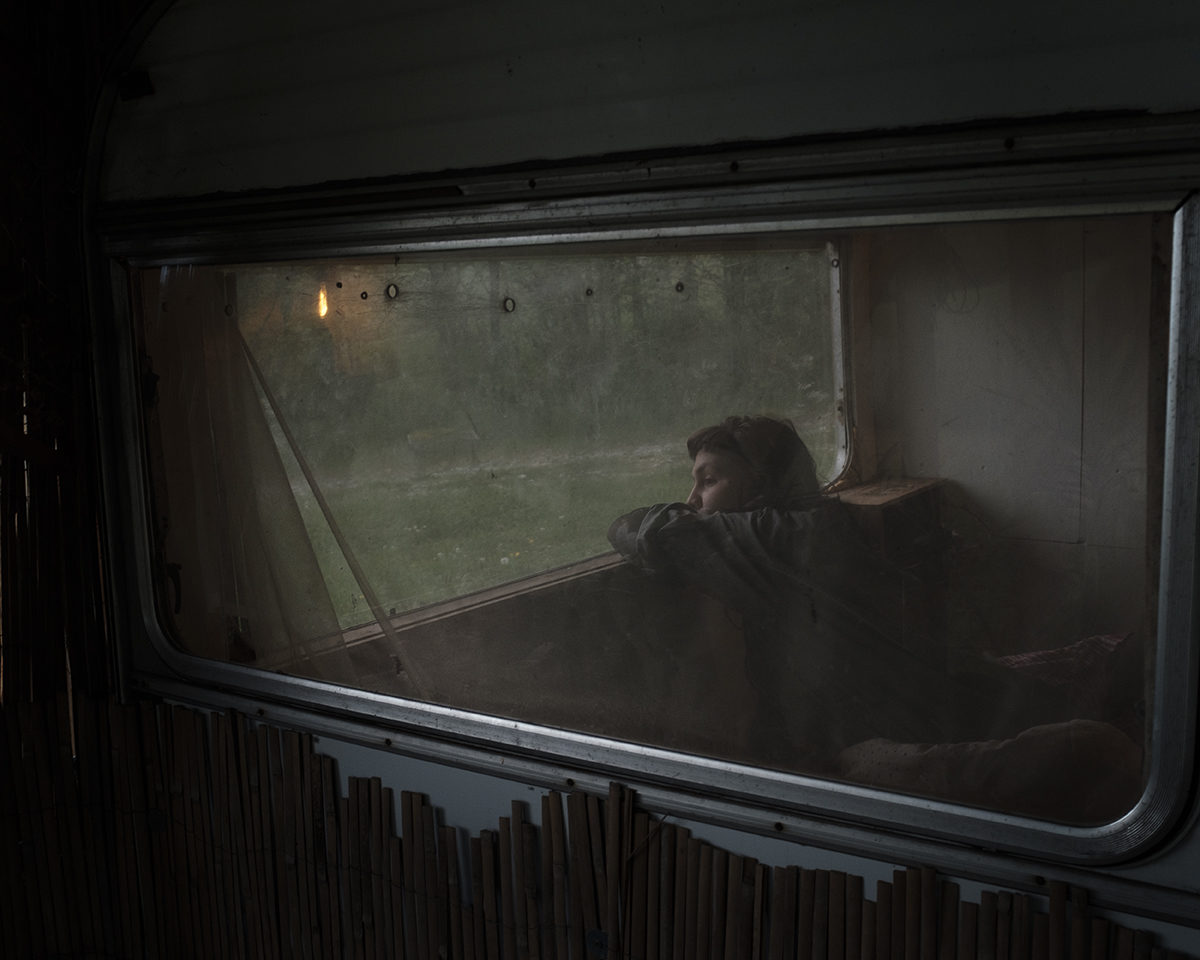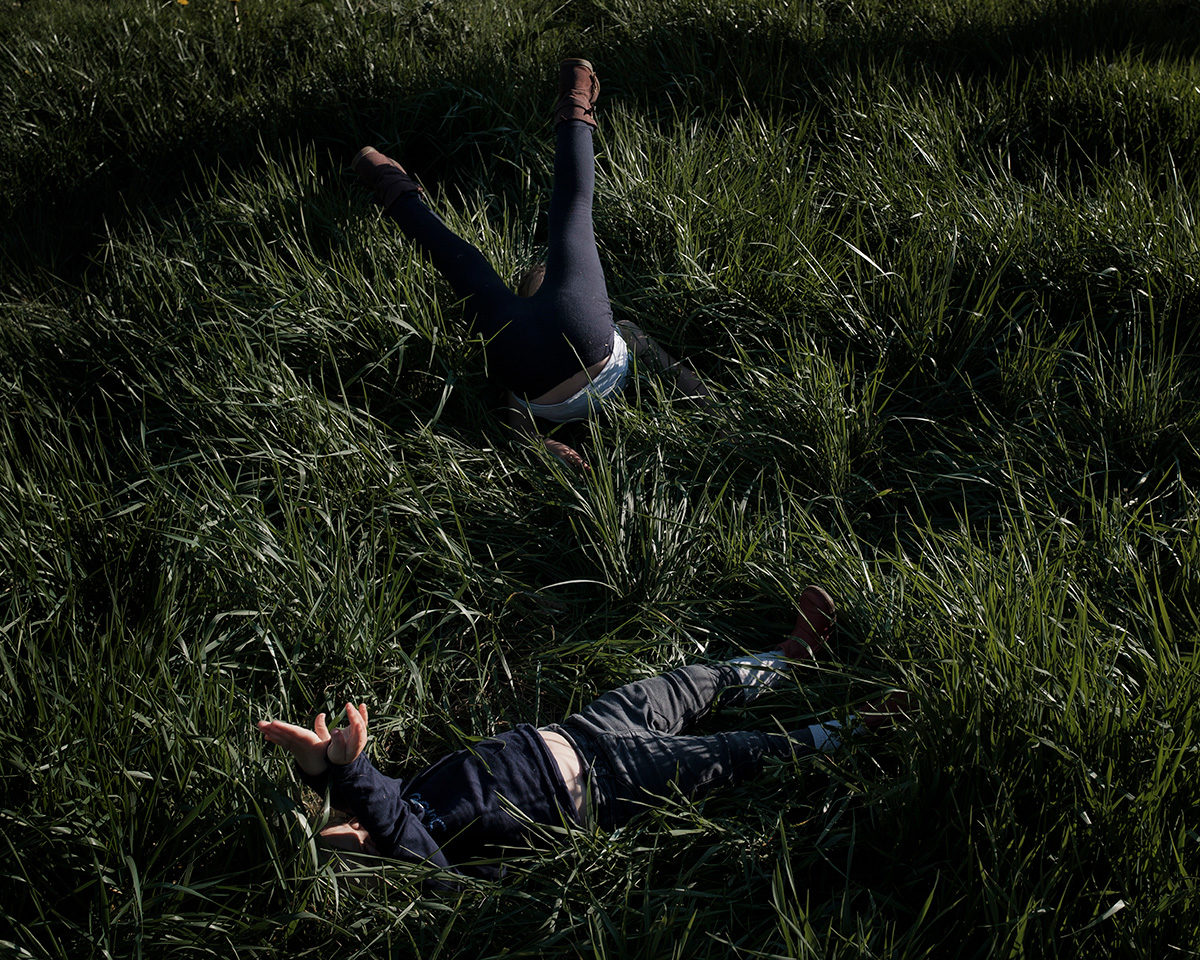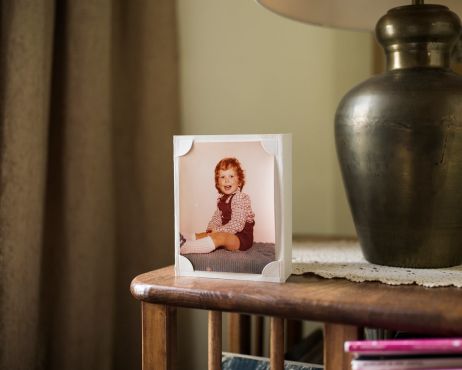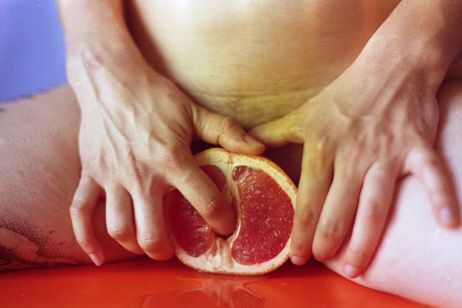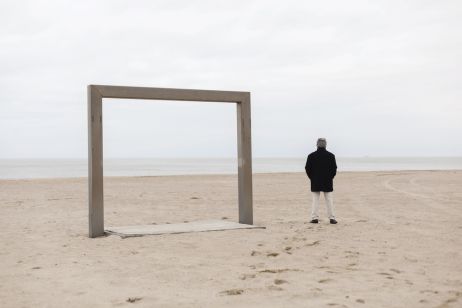Focus on two talented photographers. Flavie Duclos questions the notion of virility, while Marianne Thazet highlights the insignificant. These are our readers picks of the week.
Flavie Duclos
Flavie Duclos, 20, lives and studies in Lille, France. “After modeling for a year, I’ve decided to move behind the lens. I started photography in August 2008. I try to create poetic moments revealing our fragility”, she explains. Her inspirations? Her own feelings, experiments and encounters. “The creations of other artists seem to never leave me: Virginia Woolf’s lonely moments, Hopper’s paintings, Rodin’ sculptures or even photographers such as Marta Bevacqua or Martina Bertacchi ”. Finally, society and social prejudices motivate her, as shown in her series H-Hommes (M-Men, ed.), focused on men’s sensitivity. “I wanted to question man’s virility, and highlight their fragility, to try to free myself from prejudice. I’ve picked out four men from four generations, to showcase the differences and similarities in what makes a man”. A project accompanied by a press and advertising study. “Many images picked my interested: the working man who’s never tired, the fighter man, or even the man hiding away his feelings. I’ve confronted these different stereotypes with props reminiscent of femininity: seashells, the moon, flowers or nature”. A sweet reflection on the notion of gender.

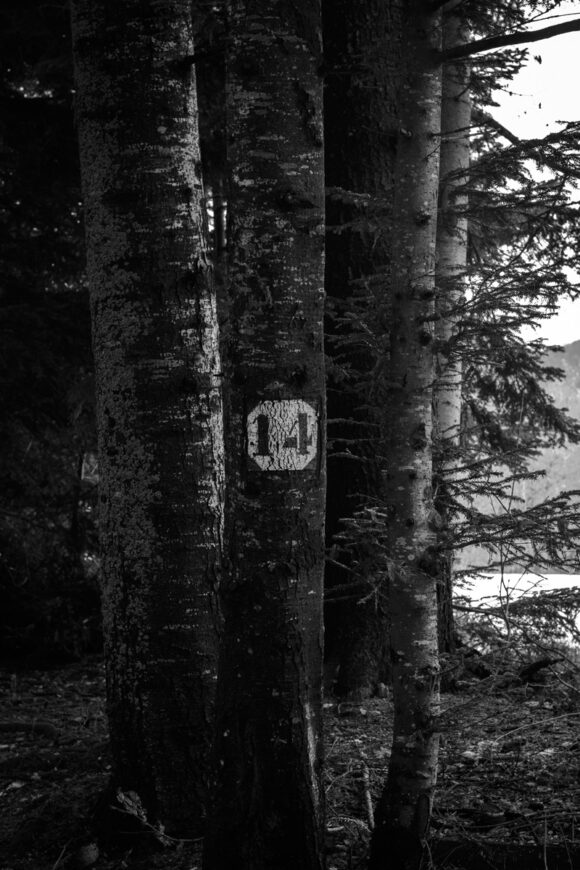
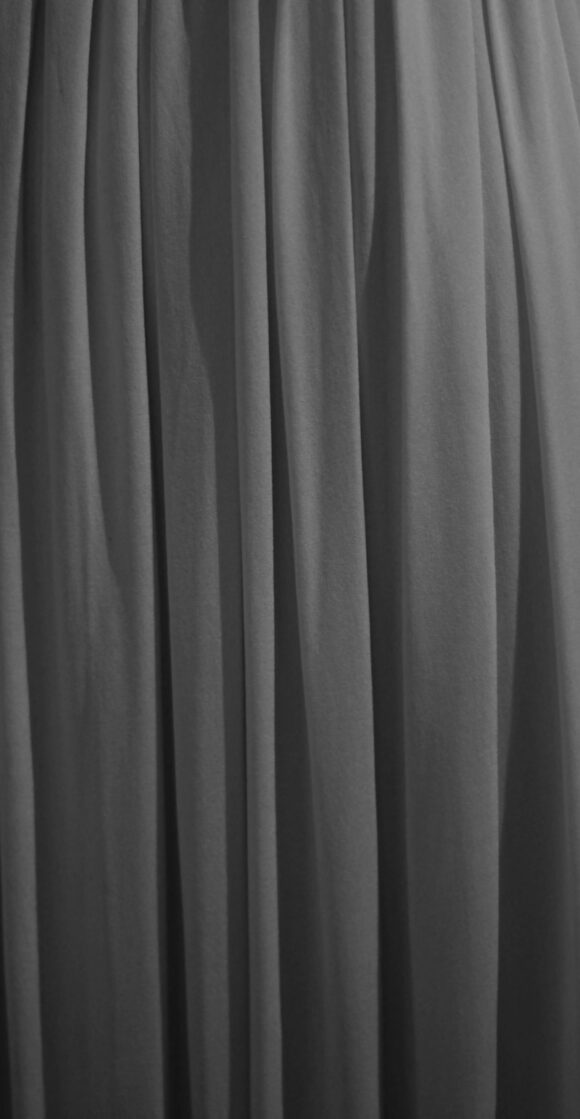
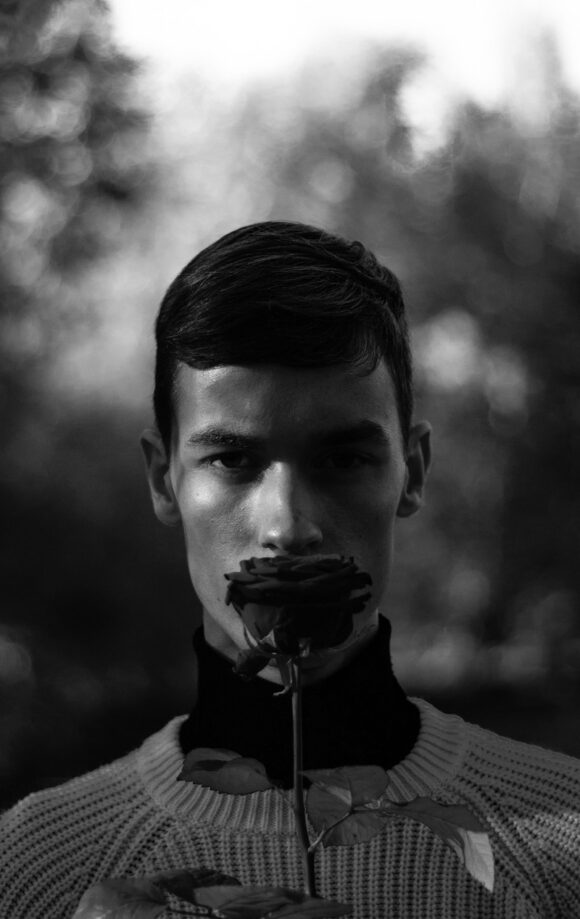
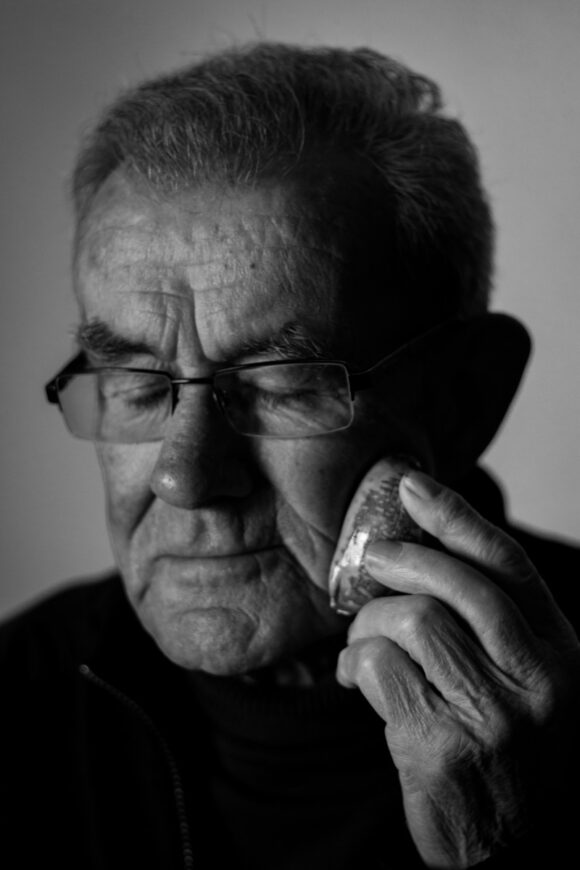
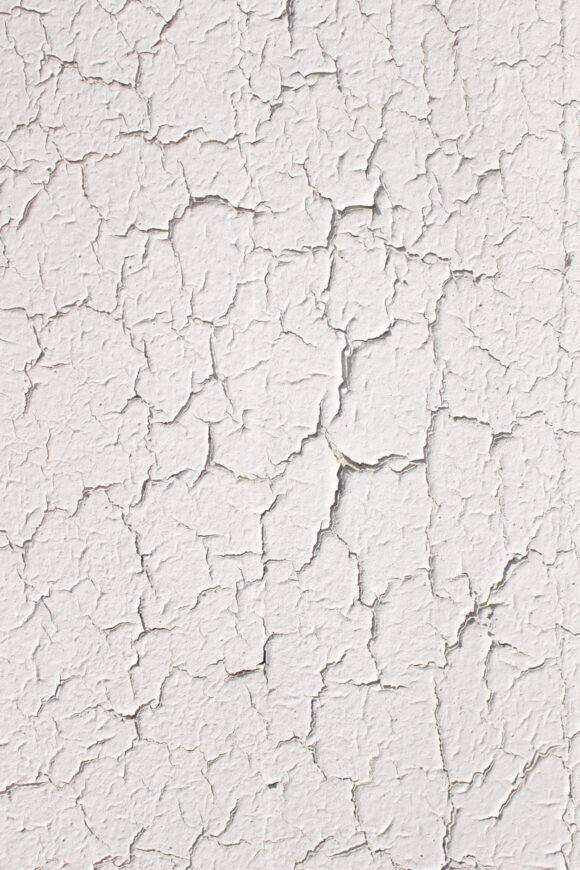
© Flavie Duclos
Marianne Thazet
Born in 1989, Marianne Thazet has been fascinated by artistic expression since she was a child. As a graduate from Toulouse’s ETPA, it is through photography that she chose to express herself. “I had a sort of creative epiphany after reading The Festival of Insignificance by Milan Kundera. I immediately knew that I had to capture the ‘insignificant’ – which is what I’ve been trying to do ever since”, she tells us. In Désespoir Heureux (Happy despair, ed.), a project at the borders of documentary and author photography, she documented marginal life in rural zones. “It is a topic of interest for the youth, it is linked to the planet’s future, the meaning we give to our life… What alternatives do we have, facing a dead-end future?”, she explains. Inspired by the works of Antoine D’Agata or even Kevin Faignaert, the photographer immersed herself in the daily life of these young people living in the fringe. “I wanted to produce somewhat displaced and poetic pictures – just like these persons”, she says. Built around an oxymoron, Désespoir heureux takes the form of “a bubble of happiness in a world that is already lost”. A privileged space where relations are born and mankind learns how to live differently.
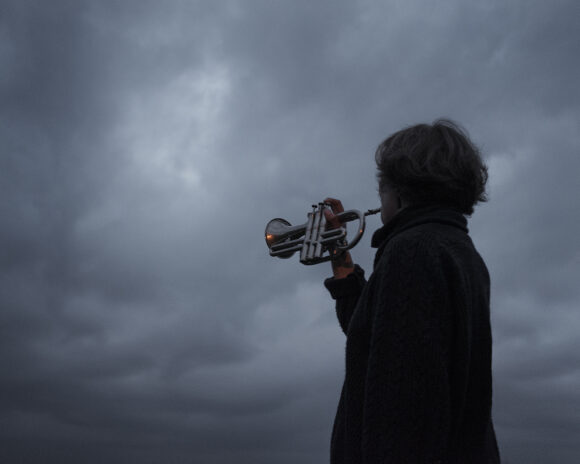
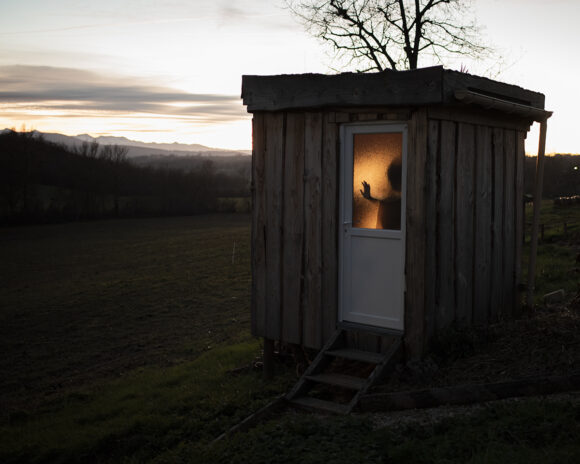
© Marianne Thazet
Cover picture: © Marianne Thazet
